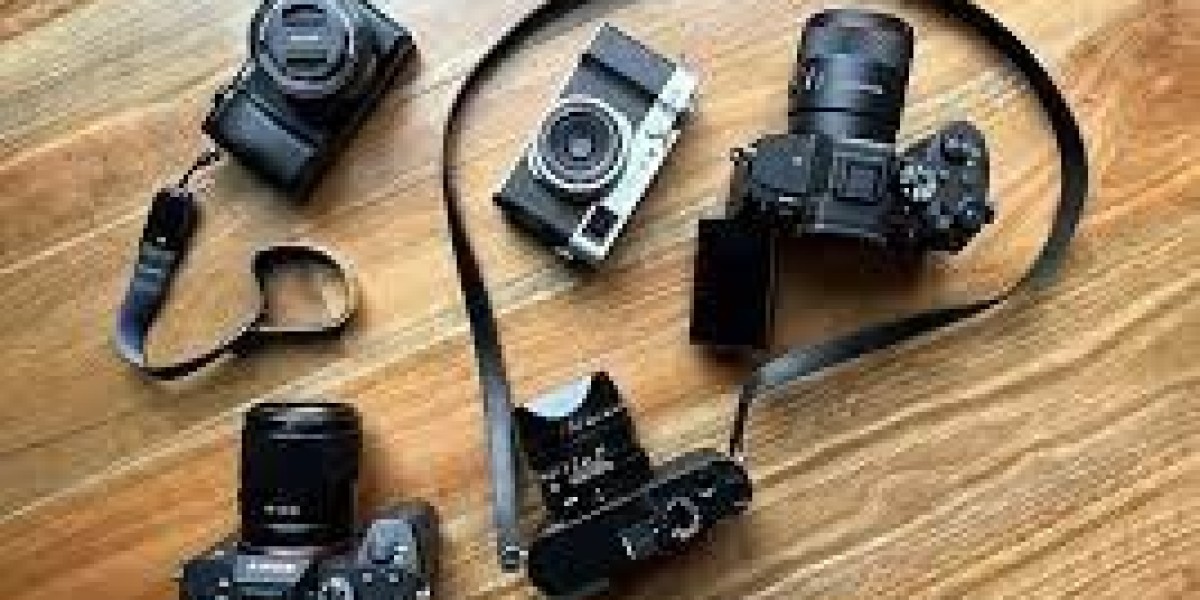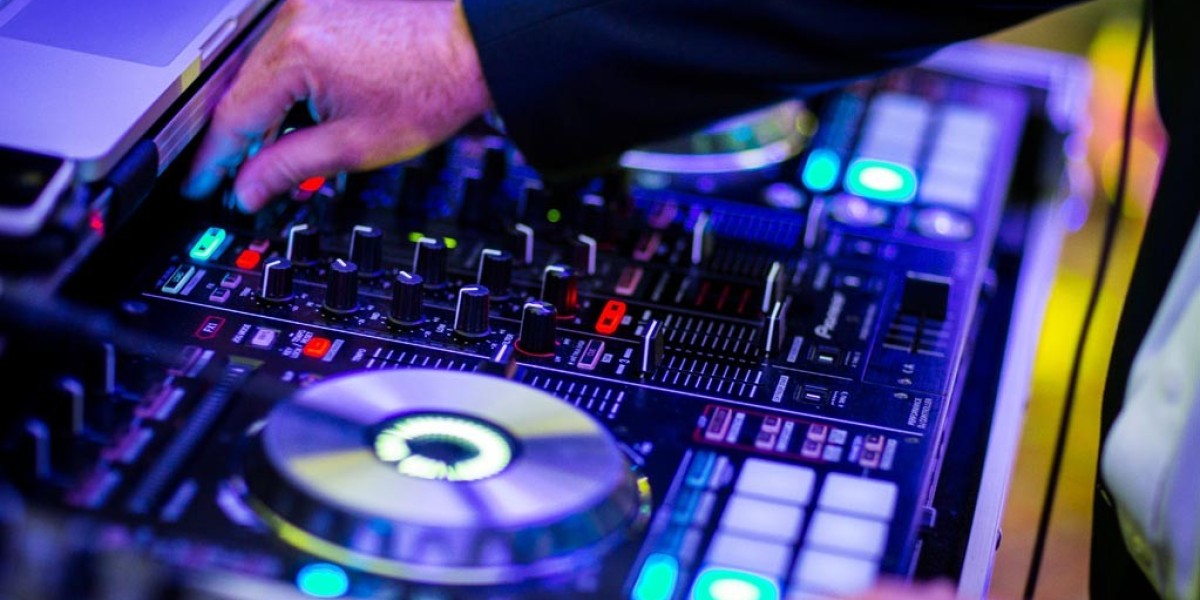Introduction
Portable audio recorders are devices that allow you to capture high-quality audio recordings without the need for a computer or a studio setup. They are small, lightweight, and can fit in your pocket or bag, making them ideal for on-the-go recording. Portable audio recorders come with built-in microphones or can be used with external microphones to capture sound.
Portable audio recorders are used in various industries, such as music, film, podcasting, journalism, and education. Musicians use portable audio recorders to record song ideas, rehearsals, and live performances. Filmmakers use them to capture high-quality audio for their films. Podcasters use them to record interviews and conversations. Journalists use them to record interviews and field recordings. Educators use them to record lectures and presentations.
Types of Portable Audio Recorders
There are three main types of portable audio recorders: handheld recorders, pocket recorders, and field recorders. Each type has its own features and advantages.
Handheld Recorders
Handheld recorders are small, compact, and easy to use. They usually have built-in microphones and are ideal for recording interviews, conversations, and live performances. Handheld recorders are also useful for recording sound effects and ambient sounds.
Pocket Recorders
Pocket recorders are even smaller than handheld recorders and can fit in your pocket. They usually have built-in microphones and are ideal for recording quick memos, notes, and song ideas. Pocket recorders are also useful for recording ambient sounds and sound effects.
Field Recorders
Field recorders are larger and more sophisticated than handheld and pocket recorders. They usually have XLR inputs for external microphones and are ideal for recording high-quality audio in a professional setting. Field recorders are also useful for recording sound effects, foley, and music.
Features to Consider
When choosing a portable audio recorder, there are several features to consider. These features include the microphone type and quality, recording formats and bitrates, storage capacity, battery life, and connectivity options. The microphone type and quality are critical factors to consider when choosing a portable audio recorder. Built-in microphones are usually adequate for general-purpose recording, such as interviews and conversations. However, if you plan to record music or high-quality audio, an external microphone is recommended. When choosing an external microphone, consider the polar pattern, frequency response, and sensitivity.
Recording Formats and Bitrates
Recording formats and bitrates are also important features to consider when choosing a portable audio recorder. The most common recording formats are WAV and MP3. WAV files are uncompressed and provide the highest quality, but they take up more storage space. MP3 files are compressed and take up less storage space, but they sacrifice some quality.
Bitrate refers to the amount of data recorded per second and is measured in kilobits per second (kbps). The higher the bitrate, the higher the quality of the recording. However, higher bitrates also result in larger file sizes.
Storage Capacity
Storage capacity is another important factor to consider when choosing a portable audio recorder. The amount of storage you need depends on the length and quality of your recordings. Most portable audio recorders come with built-in storage or support external storage through SD cards or USB drives.
Battery Life
Battery life is also a crucial factor to consider when choosing a portable audio recorder. The battery life of a recorder depends on various factors, such as the recording settings, microphone usage, and screen usage. It is essential to choose a recorder with a long battery life or the option to use external batteries.
Connectivity Options
Connectivity options are another important factor to consider when choosing a portable audio recorder. Some recorders come with built-in Wi-Fi or Bluetooth connectivity, which allows you to transfer recordings wirelessly to your computer or mobile device. Some recorders also come with USB or HDMI connectivity for direct transfer of recordings.
How to Choose the Best Portable Audio Recorder
Choosing the best portable audio recorder for your needs requires careful consideration. Here are some steps to follow when choosing a portable audio recorder:
Determine Your Needs
The first step is to determine your needs. Ask yourself the following questions:
What type of recordings will you be making?
What is your budget?
Do you need built-in or external microphones?
How much storage do you need?
What is your preferred recording format and bitrate?
Consider Your Budget
Once you have determined your needs, consider your budget. Portable audio recorders can range from under $50 to over $1,000, depending on the features and quality. Set a budget that meets your needs and look for recorders within your price range.
Research and Compare
Research and compare different portable audio recorders based on your needs and budget. Read reviews, watch videos, and compare features and specifications. Consider factors such as microphone quality, recording formats and bitrates, storage capacity, battery life, and connectivity options.
Tips for Using Portable Audio Recorders
Using a portable audio recorder requires some skills and knowledge. Here are some tips to help you get the best results:
Choose the Right Microphone
Choosing the right microphone is crucial for high-quality recordings. Consider the type of recording you will be making and choose a microphone that suits your needs.
Test Your Recorder in Different Environments
Test your recorder in different environments to get a feel for its performance. Record in quiet environments, noisy environments, and outdoor environments to see how it handles different situations.
Adjust the Recording Settings According to Your Needs
Adjust the recording settings according to your needs. Experiment with different recording formats, bitrates, and microphone placements to get the best results.








